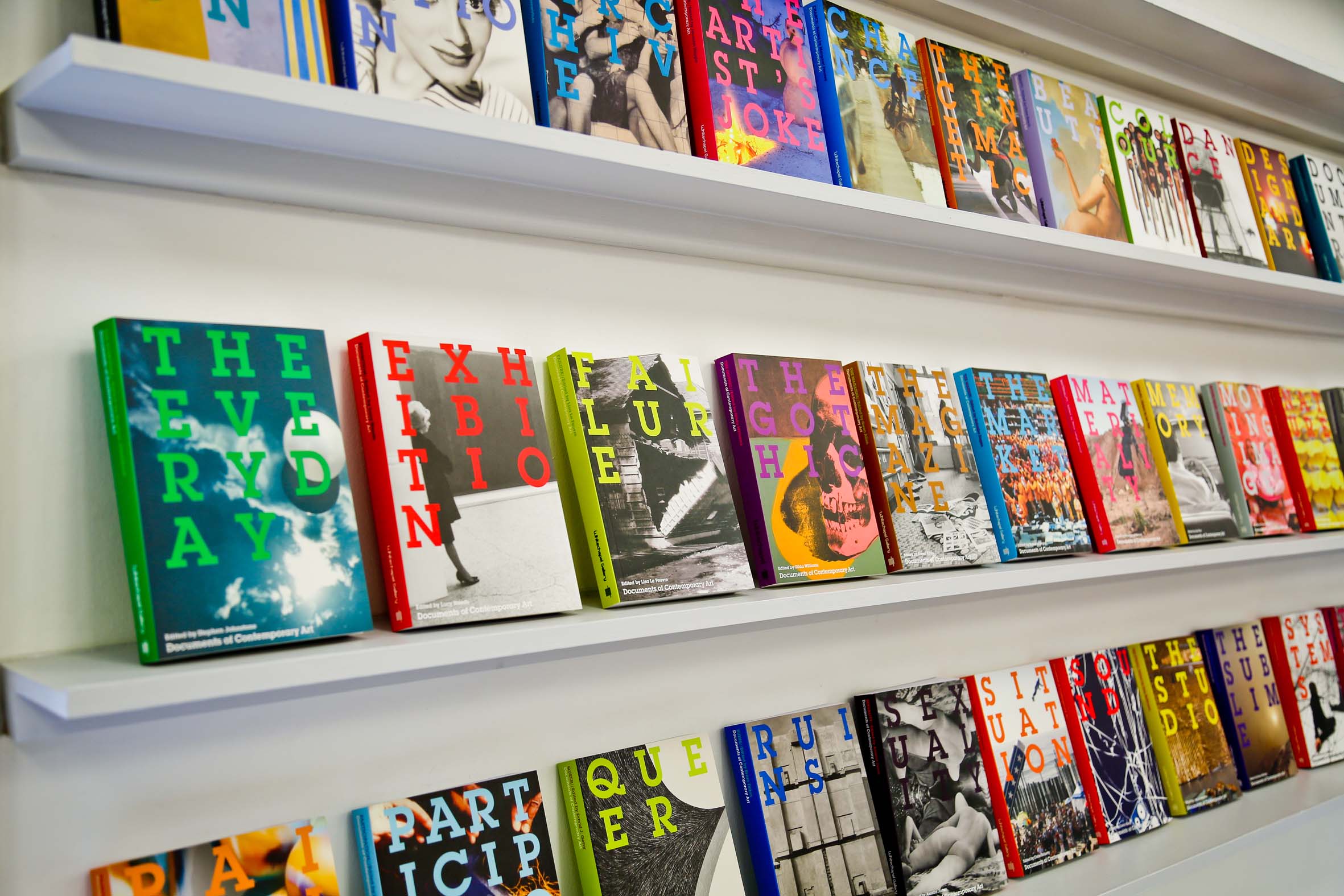Definition of Contemporary Art
Contemporary Art refers to art produced roughly from the mid-20th century to the present day. It encompasses a variety of media and techniques, unrestricted by specific styles or movements, and is closely related to current social, political, and cultural issues. Contemporary art values the creativity and experimental spirit of artists and includes diverse forms such as traditional painting and sculpture, as well as installation, video art, performance art, and digital art.
History of Contemporary Art
The history of contemporary art began around 1945, following the end of World War II. During this period, art experienced rapid changes, exploring various forms and subjects beyond traditional boundaries.
- 1940s-1950s: Abstract
Expressionism developed in New York, shifting the center of the art world
from Europe to the United States. Key artists include Jackson Pollock and
Mark Rothko.
- 1960s: Pop Art
emerged, focusing on everyday consumer culture and mass media. Notable
artists include Andy Warhol and Roy Lichtenstein.
- 1970s: Conceptual
Art and Minimalism gained prominence, emphasizing ideas and concepts over
the material aspects of artworks. Influential artists include Sol LeWitt
and Donald Judd.
- 1980s-1990s:
Neo-Expressionism, new forms of installation art, and video art became
prominent.
- 2000s and beyond: Globalization and digital technology led to a more diverse and complex art scene, with many works addressing social, political, and environmental issues.
Categories of Contemporary Art
Contemporary art can be categorized into various types based on its methods of expression and themes:
- Painting: Includes
traditional canvas works and experimental pieces using various materials
and techniques.
- Sculpture: Encompasses
traditional sculpture techniques and installations utilizing diverse
materials and spaces.
- Installation Art: Artworks
designed to interact with a specific space, emphasizing viewer
interaction.
- Video Art: Utilizes
video media, focusing on temporality and movement.
- Performance Art: Uses the
artist's body as a medium, with the act itself being the artwork.
- Digital Art: Involves
works created using computers and digital technology, including internet
art and virtual reality.
- Photography: Includes
documentary and artistic photography, reflecting contemporary society in
diverse ways.
Roles of Contemporary Art
Contemporary art serves various social roles beyond providing aesthetic pleasure:
- Social Critique and Reflection: Contemporary art often addresses social and
political issues, encouraging critical thinking among viewers. It brings
attention to topics such as social inequality, human rights, and
environmental concerns.
- Cultural Exchange: In a
globalized world, contemporary art fosters cultural exchange, allowing
artists from different regions to understand and appreciate cultural
differences through their works.
- Exploration of Identity: It serves
as a vital means for exploring and expressing individual and group
identities, including gender, race, and sexual orientation.
- Economic Role:
Contemporary art holds significant economic value in the art market. It is
traded through galleries, auctions, and art fairs, providing economic
opportunities for artists and related industries.
- Educational Role:
Contemporary art plays a crucial part in art education, fostering creative
and critical thinking. Museums, galleries, and educational institutions
offer various programs to educate the public about art.
Through these diverse roles, contemporary art constitutes a significant part of modern society, continuously evolving and developing.
















